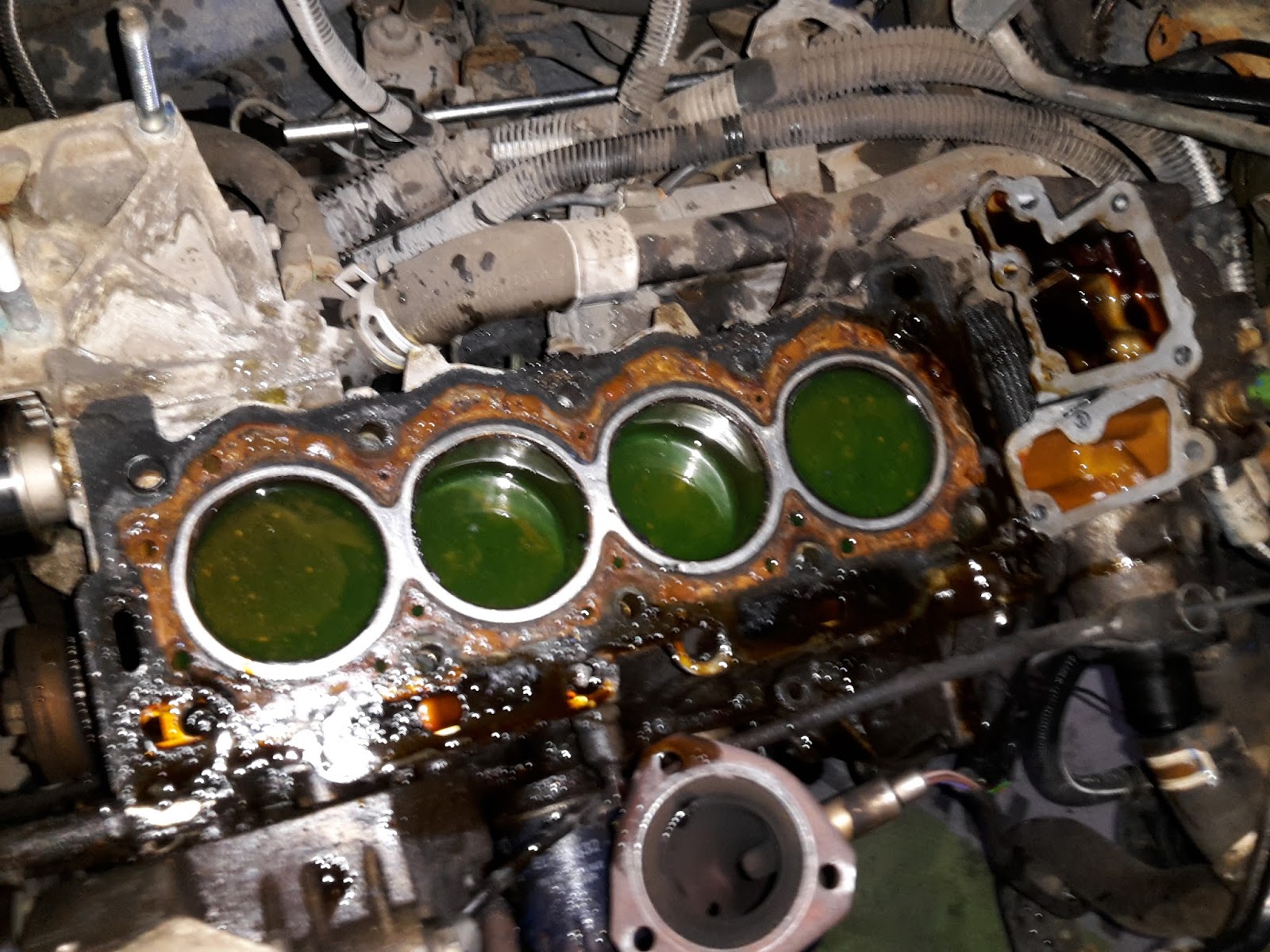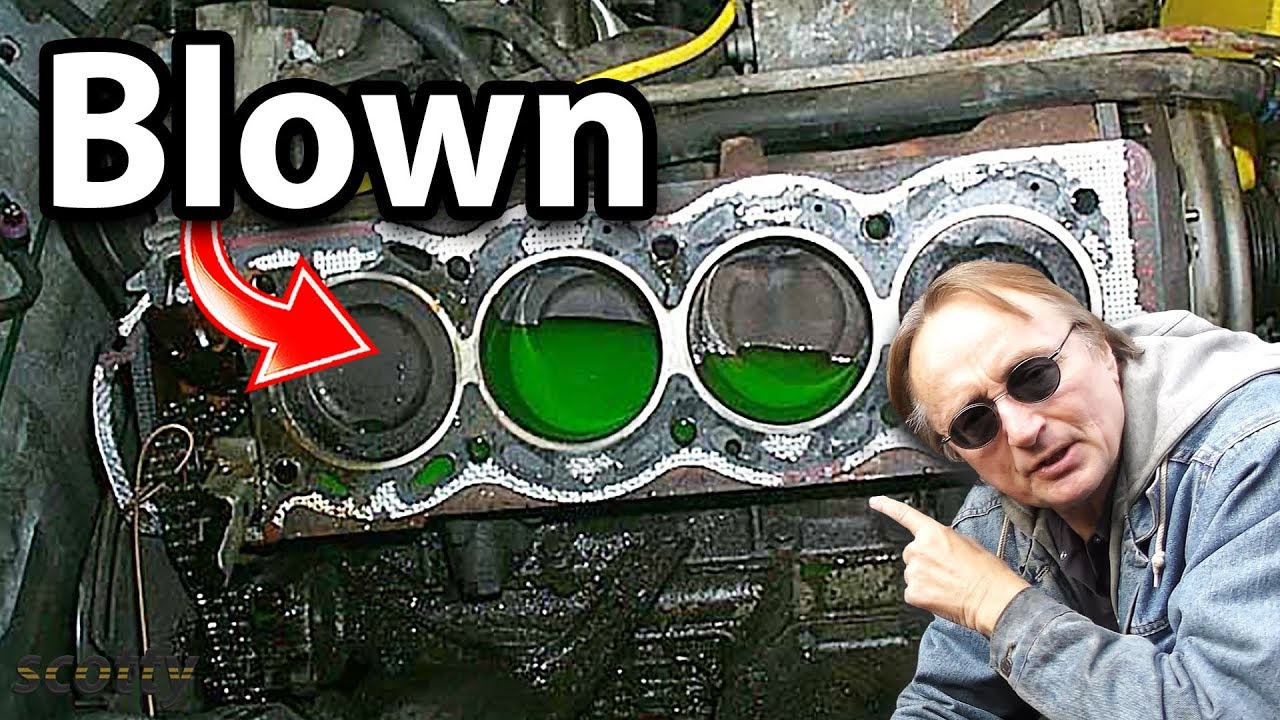If you own a car, you’re likely to experience a leaking engine head gasket at some point. This issue can be frustrating and expensive to fix, but in this article, we have presented two options to help car owners make an informed decision.
The two options are removing the head and replacing the gasket plus any internal damage or trying to seal the leak with a product called Steel Seal.
Head Gasket Repair Options
When faced with a head gasket leak, you have two main repair options: replacing the head gasket or using a sealant. While replacing the head gasket is a more permanent solution, it can be expensive and time-consuming. Using a sealant, such as Steel Seal, offers a quicker and more cost-effective alternative, especially for minor leaks.
Using Steel Seal
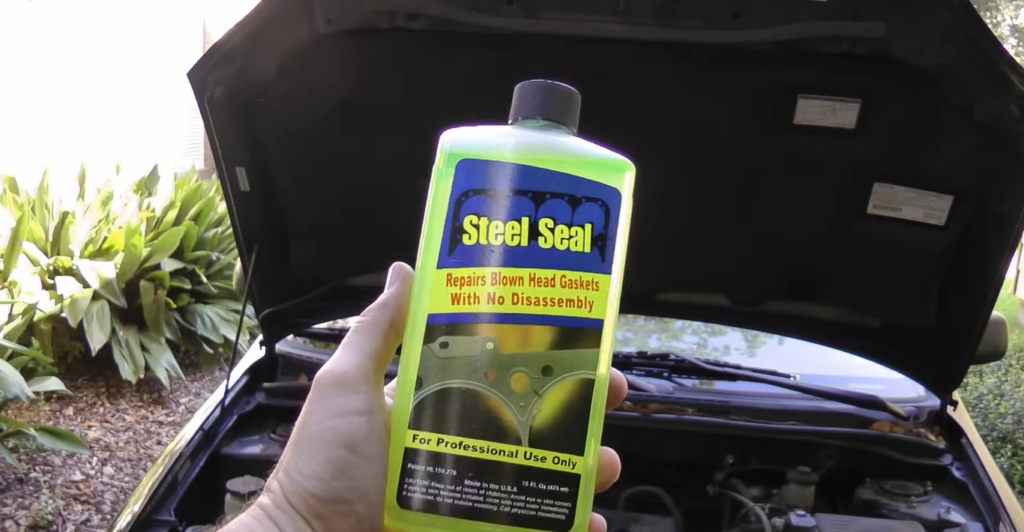
Before using Steel Seal or any other sealant, it’s important to ensure that the coolant in the radiator is clean. This can help improve the effectiveness of the sealant.
Step 1: Remove Thermostat

Start by removing the thermostat from your car’s cooling system. This will allow the sealant to flow more freely through the system.
Step 2: Check Spark Plugs
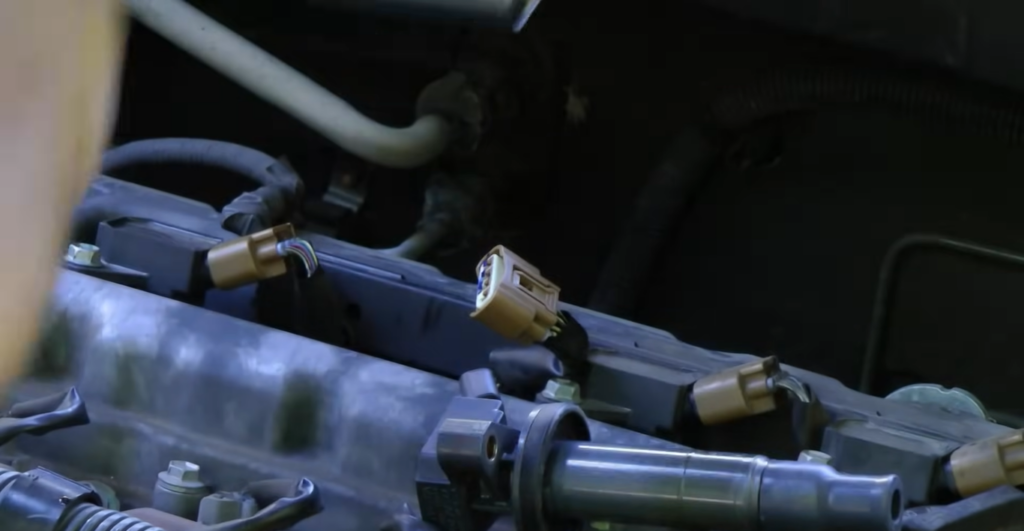
Inspect the spark plugs for any signs of coolant contamination. If you find any, replace them before proceeding.
Step 3: Use the Sealant
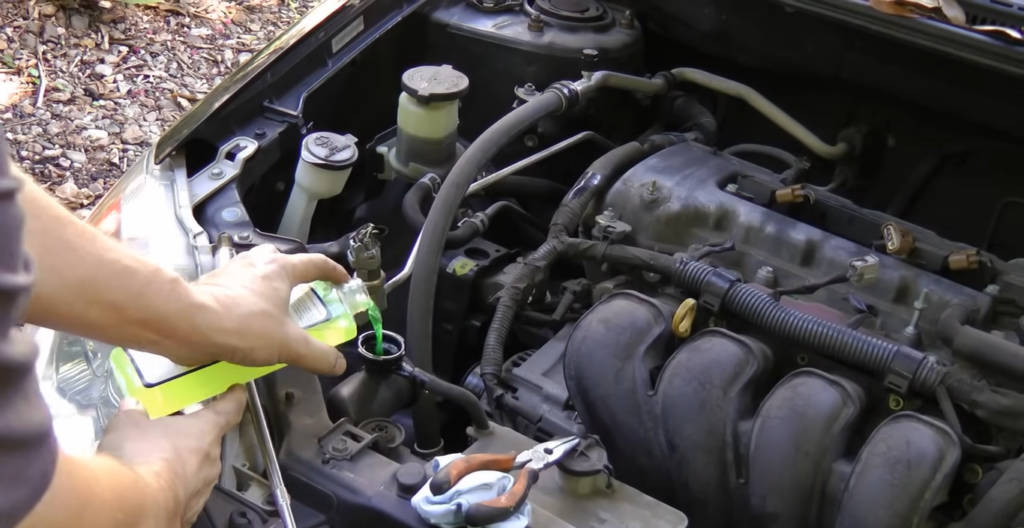
Follow the manufacturer’s instructions for using the sealant. This typically involves pouring the sealant into the radiator and running the engine for a specified period to allow the sealant to circulate and seal the leak.
Step 4: Running the Engine

After applying the sealant, start the engine without the spark plug to relieve pressure in the system. This step is crucial to prevent any build-up of pressure that could lead to further damage.
After applying the sealant and relieving pressure, let the engine idle for half an hour. Repeat this process four or five times to ensure the sealant has circulated throughout the system and sealed the leak effectively.
Step 5: Post-Sealant Procedure
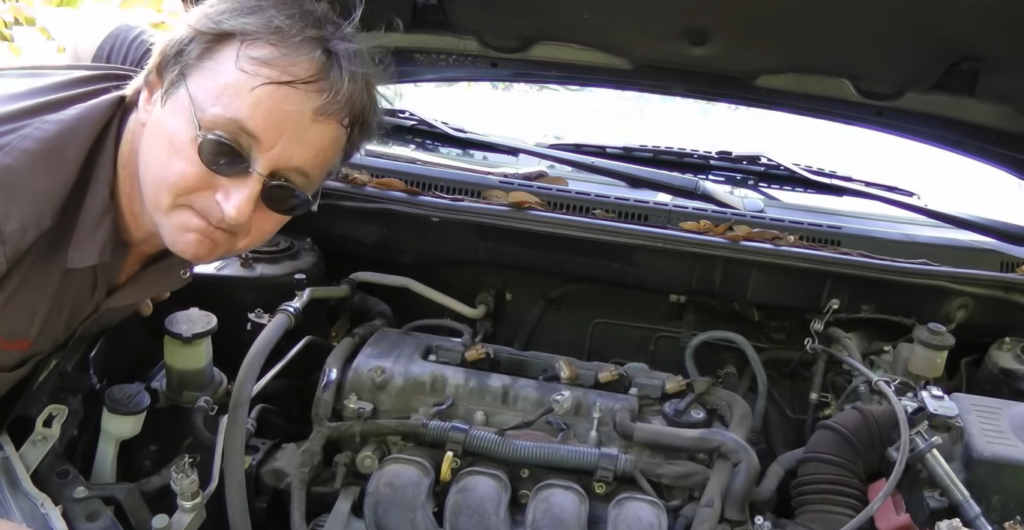
Once you have completed the idling process, dry the engine overnight with the spark plug out to allow any excess sealant to evaporate. The next day, replace the spark plug and drive cautiously for the first 100 miles to ensure the sealant has set properly.
Effectiveness
While sealants like Steel Seal can be effective in fixing head gasket leaks, it’s important to note that they may not work for all types of leaks. Some leaks may be too large or in areas that are difficult to seal with a sealant.
However, in many cases, sealants have been successful in fixing minor head gasket leaks, saving car owners time and money on costly repairs.
Conclusion: Is Steel Seal Right for You?
Although some head gasket leaks may be too large for the Steel Seal to work, it is often the best first option due to the high cost of engine repair. Steel Seal is a cost-effective solution that can save car owners a significant amount of money compared to replacing the head gasket.

